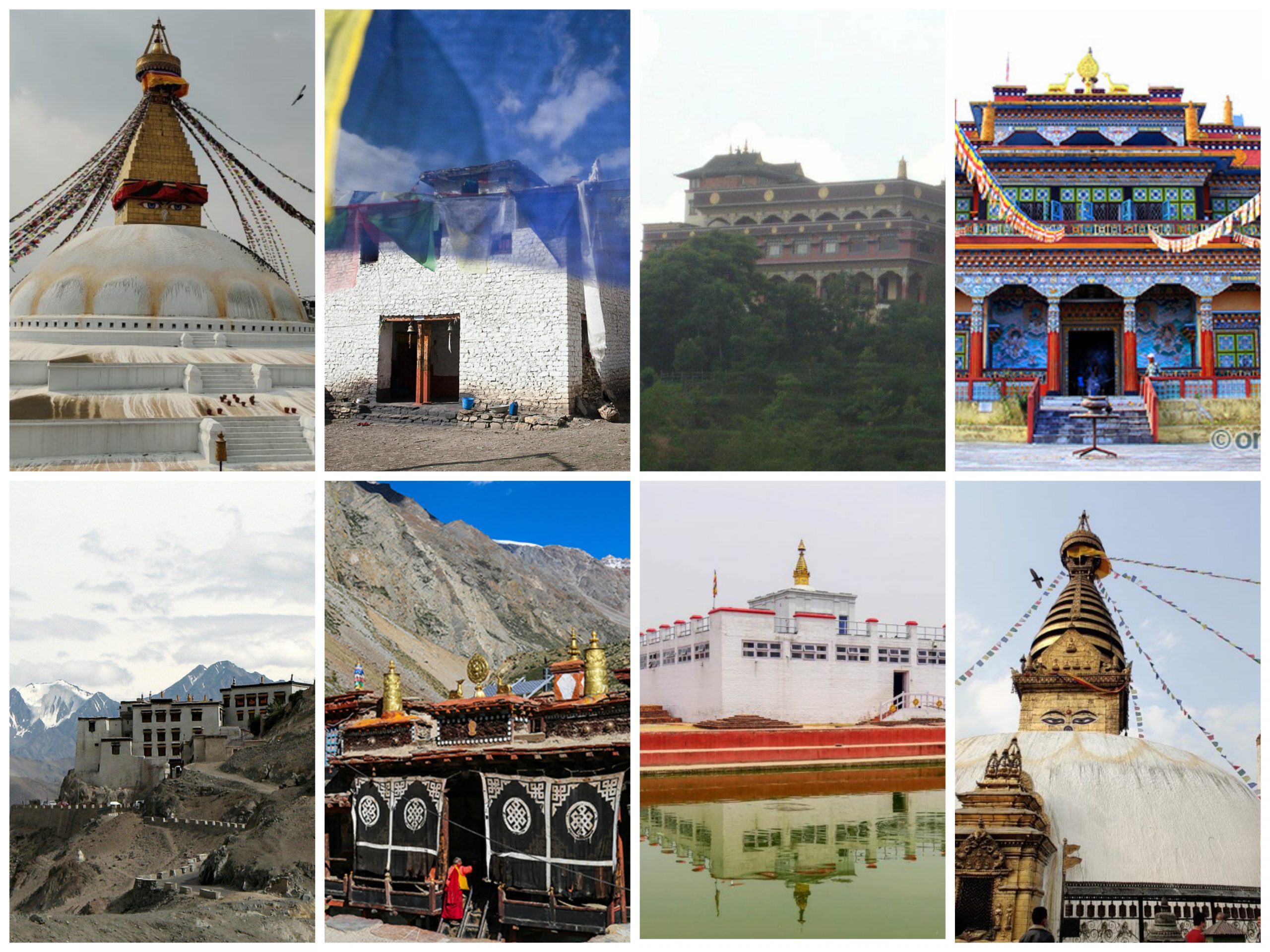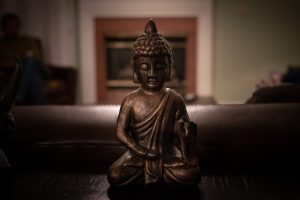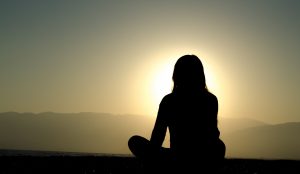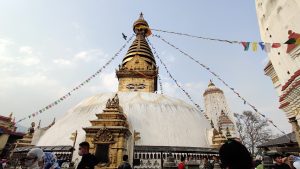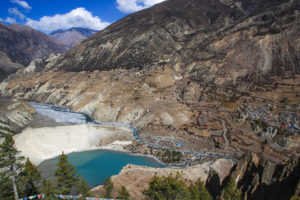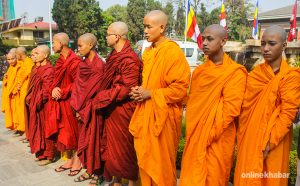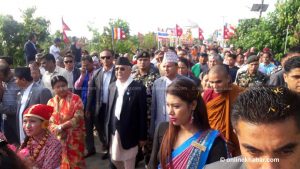To end all human suffering and for the better mental, spiritual and physical wellbeing of human beings, Gautam Buddha, the Light of Asia, preached a path towards enlightenment. As a testament to Buddha’s teachings, there exist many shrines such as monasteries and vihars in Nepal, the country where Buddha was born over two and a half millenniums ago.
Visiting such places can guide one to a spiritual and religious awakening process; if not, they are still the perfect sites to experience the peaceful and quiet surrounding. Some of the key Buddhist shrines in Nepal are introduced below.
1. Lumbini
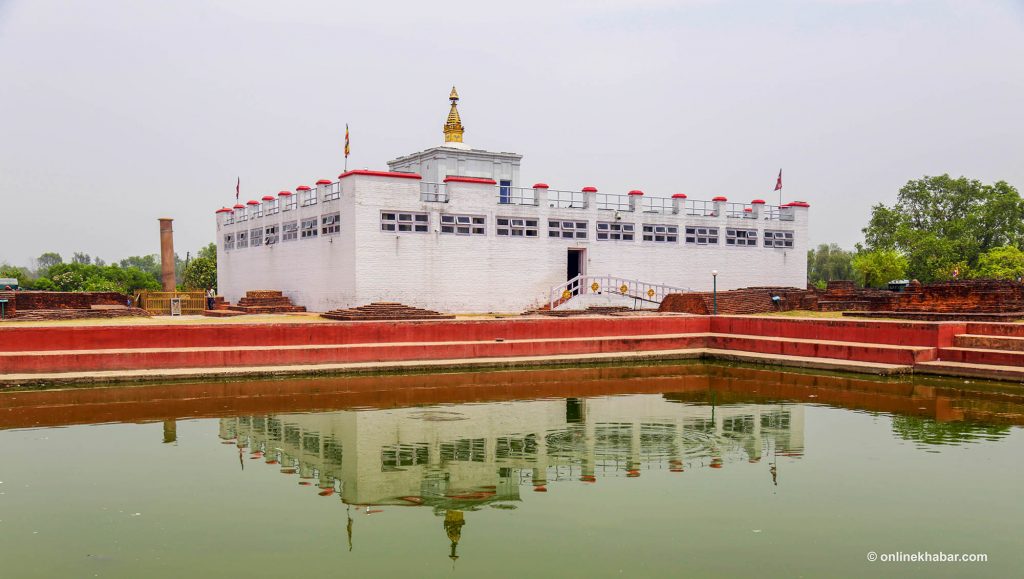
Siddhartha Gautam (Gautam Buddha) was born in 623 BC in Lumbini. Hence, it is regarded as the most important place in Buddhism, and among Buddhist devotees in the world. It is an ultimate place with religious and historical importance. About 1.5 million people annually visit this place.
Lumbini, located in the Rupandehi district of Lumbini province, is also a World Heritage site which consists of Mayadevi Temple, Ashoka Pillar, as well as various monasteries made by the government of foreign countries as its attractions.
There are Royal Thai Buddhist Monastery, Myanmar Golden Monastery, Zhong Hua Chinese Buddhist Monastery, and Vietnam Phat Quoc Tu Temple are some of the renowned monasteries constructed and still managed by the governments of respected countries to date, paying tribute to Lord Buddha. Here, one can enjoy the architecture style, history, and traditional Buddhist practices of various nations in one area.
2. Swayambhu
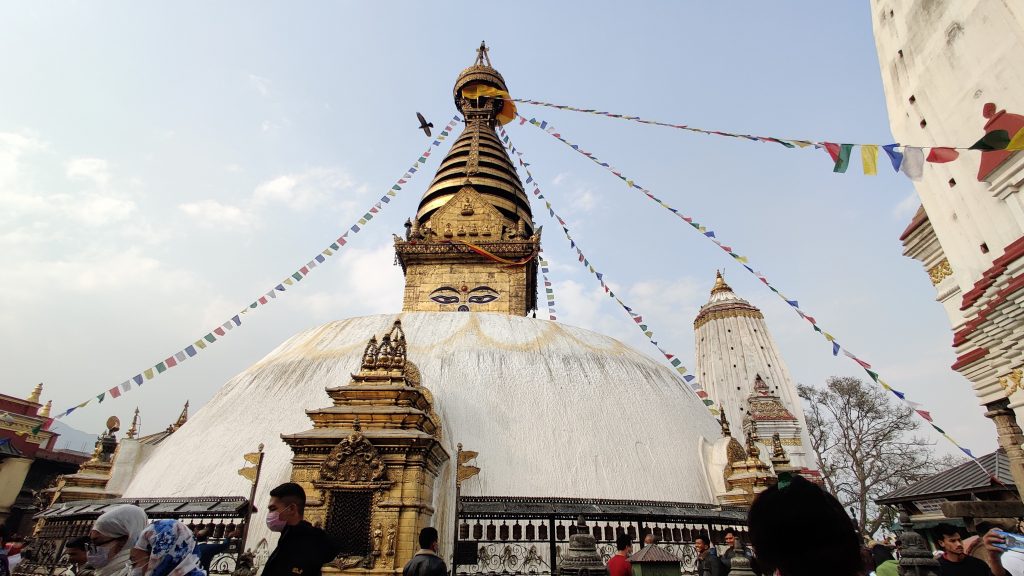
When it comes to Buddhist shrines, Swayambhu Stupa is one of the most popular and important sites.
Legend has it that when the Kathmandu valley was a lake, Swayambhu Jyoti (light) was born out of a lotus flower that had bloomed in the middle of the lake. In fact, Swayambhu means the “self-existing” one. This stupa is located at the top of the hill in west Kathmandu.
Built by King Manadeva in 460, the stupa is regarded as one of the oldest, ancient religious heritage sites in Nepal. The Swayambhu complex is also a World Heritage site and is filled with beautiful chaityas, statues and shrines of Buddhist as well as Hindu deities. Visitors are also attracted to this holy site for the panoramic, beautiful scenario of Kathmandu city.
3. Bouddha

Another important Buddhist shrine and one among the World Heritage sites is Bouddha. It is popular among devotees and youth alike, who can be seen frequenting the site.
Located in the northeastern part of Kathmandu, the stupa is believed to be built in the 14th century by a Lichhavi king. The location is also believed to lie in the ancient trade route from Tibet to enter the Kathmandu valley. The stupa is also called Chorten Chenpo which translates as the great stupa. Inside the stupa is the relics of Kassapa Buddha, which is one of the 29 names of Buddha.
The symbolic construction made in the mandala style serves as the three-dimensional reminder of Buddha’s path towards enlightenment. The two eyes on each side of the stupa are also known as the wisdom eyes, and the question mark-like nose symbolises unity and the ultimate way to reach enlightenment. The 13 levels of the spire represent the stages one must clear in order to achieve nirvana. Around the base of the shrine are prayer wheels which are said to remove the negative energy and purify human karma.
4. Ramgram
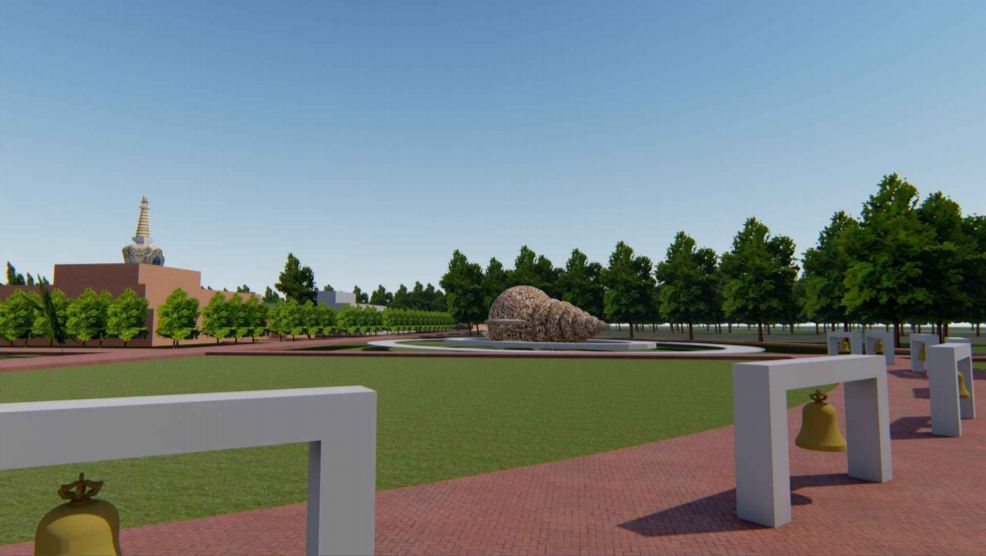
Ramgram is an auspicious, very important place for Buddhists. This stupa is located in a place named after the stupa, Ramgram town of Nawalparasi district.
After Gautam Buddha left his physical world in Kushinagar of India, it is said the relics of the Buddha were divided into eight parts, and one of them is hidden inside the Ramgram Stupa.
It is also said that Emperor Ashoka once decided to take all eight relics and relocate them into thousands of pieces and enumerate them all over India. Emperor Ashoka was successful in opening seven of the stupas, but he failed to open the last one at Ramgram as the stupa was guarded by the serpent kings. So, it is said Ramgram is the only stupa that still has the holy relics of Gautam Buddha inside. With this, Ramgram became one of the important holy Buddhist pilgrimage centres to date.
5. Namobuddha

Namo Buddha is another site highly regarded as a holy place, a pilgrimage site that is respected by all the devotees. It has also become a destination for a small hike for some people. It lies some 40 km east of Kathmandu, in Kavrepalanchok.
There is a Tibetan Buddhist monastery named Thrangu Tashi Yangtse founded there by the 9th Khenchen Thrangu Rinpoche in the 20th century. There exists a stupa that is believed to have the remains of a prince, an incarnation of Buddha, stored. It is said that the prince went to heaven and later on reincarnated as the Siddhartha Gautam in Lumbini.
The story goes way back to the time of King Maharath who had three sons. Once the princes were enjoying themselves in a forest. Suddenly, they spotted a thin and weak tigress with her cubs. The third prince was concerned and questioned his big brothers about the reason why the tigress was weak. As the elder brother replied that was due to the scarcity of food, they left that area. But, without the knowledge of his elder brothers, the third prince went back and fed himself to the tiger. The story has been sculptured at the top of the hill.
6. Tilaurakot
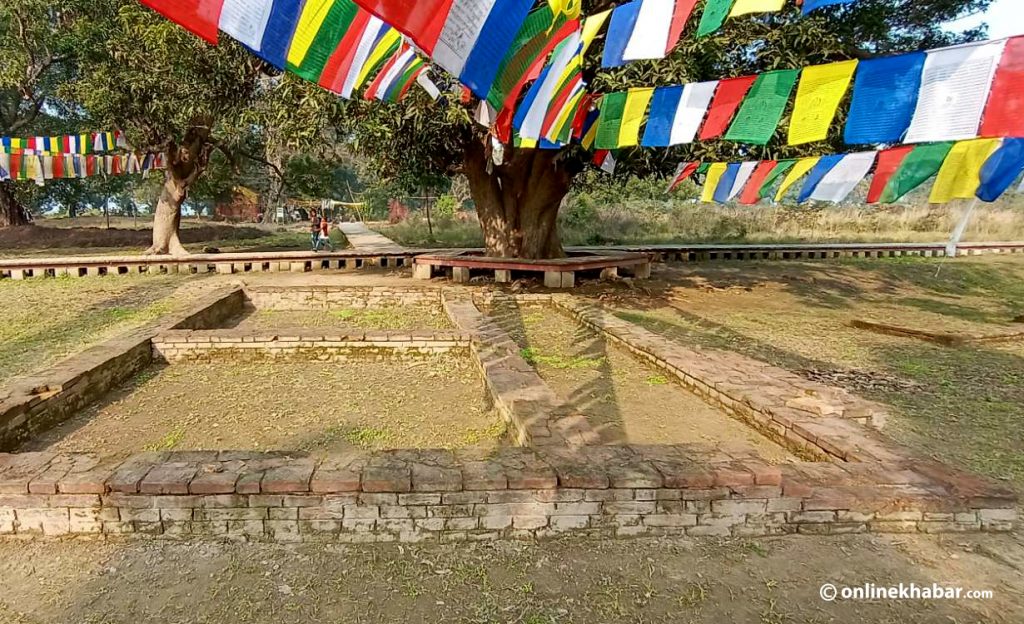
Tilaurakot is the ancient capital of Kapilvastu where the beautiful palace of the Shakya King Suddhodhana (father of Gautam Buddha) once existed. It is the place where Siddhartha Gautam spent his first 29 years as a prince. After that, he left his newborn son Rahul, his wife Yashodhara, his family, his kingdom and departed in the search of the cause for the human sufferings, and went through the path of enlightenment.
It is said that between the third and ninth centuries AD, two Chinese monks Faxian and Xuanzang were the first pilgrims to visit Tilaurakot. Later on, through various research and tracing the path of the two Chinese monks, PC Mukherji discovered Tilaurakot in 1899.
Now, one can see the remains of the palace inside the compound of Tilaurakot, along with the two stupas, Kanthaka Stupa and the Northern Twin Stupas. The Kanthaka Stupa was made with the remains of the Buddha’s horse named Kanthaka. And, the Northern Twin Stupas were made to commemorate the parents of Gautam Buddha, King Suddhodana and Queen Mayadevi.
7. Seto Gumba
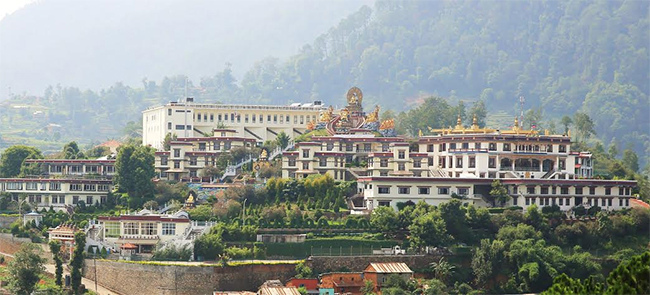
Seto Gumba is another famous Buddhist monastery, located at the top of a hill in northwestern Kathmandu. Seto Gumba or White Monastery is also known as Druk Amitabha Mountain. The monastery is a wonderful art of Tibetan architecture filled with various murals, statues and paintings.
After an earthquake in April 2015, the monastery was in maintenance for a few years. Now, it is finally open to the public every Sunday. One can visit the monastery as a part of a small hike or a ride as well. This gumba at the height of 1,500 m is also regarded as the second beautiful spot to view the sunrise and sunset, after Nagarkot. The beauty of the architecture of the Seto Gumba allows one to snap beautiful pictures as well as learn about Buddhism, meditation and Tibetan architecture in the monastery.
8. Chhairo Gompa
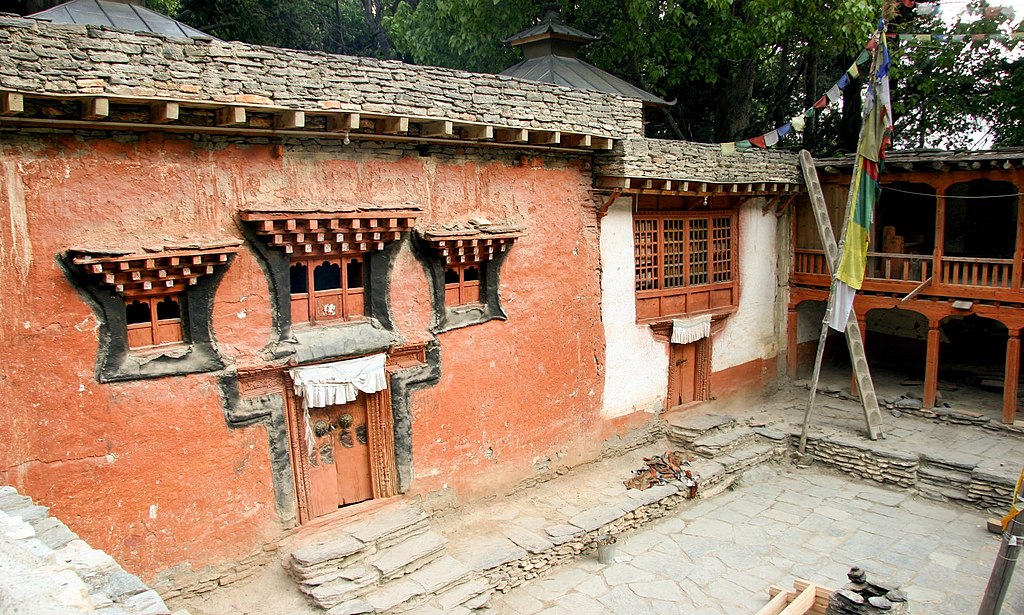
The first Nyingma school of Tibetan Buddhism in Nepal was established at the Chhairo Monastery. Out of the four major schools of Tibetan Buddhism, Nyingma is the oldest one founded by Vajrayana preacher Guru Padmasambhava. It is located in Upper Mustang of Nepal.
This monastery was built by Chhawang Thinlen (a Thak resident who migrated from Gyirong county) during the 16th century in the Chhairo village of Mustang.
Chhairo Gompa got its roots from the Northern Treasure or teachings taught at three Nyingma Mother Monasteries in Tibet, which was later flourished by the second incarnation of Chhawang Thinlen. Another disciple who has successfully advertised the name Chhairo Gompa across the globe is none other than Lama Shashi Dhoj Tualachan, a world-renowned Thangka painter.
9. Shey Gompa
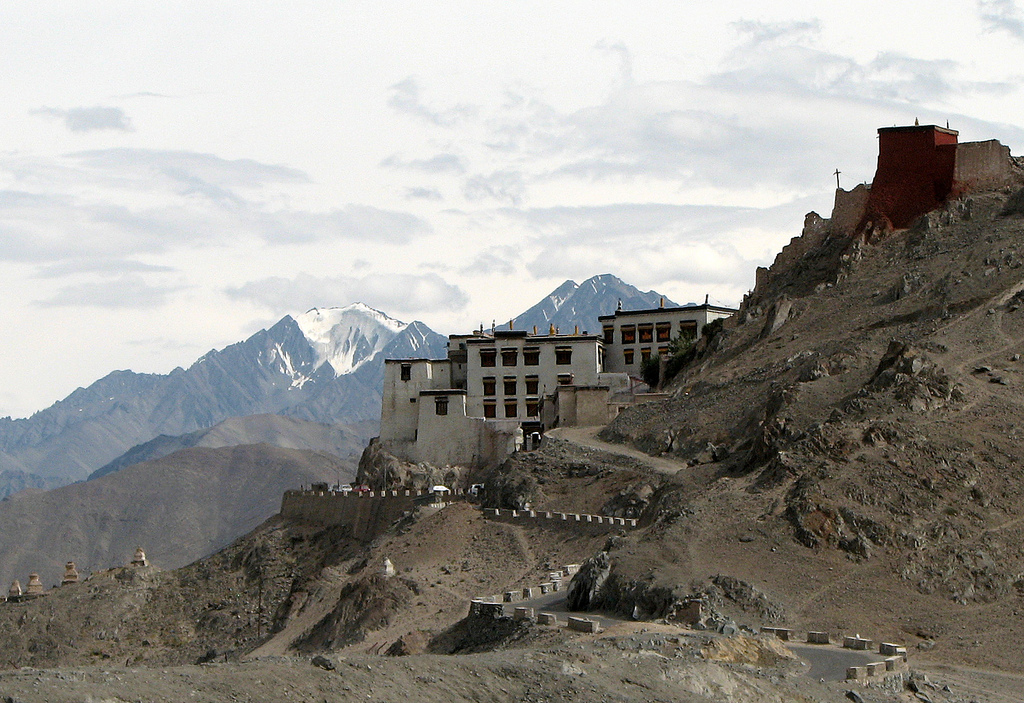
This may be the monastery located at the highest altitude (4,200 m) in the world. Shey Gompa is a Tibetan Buddhist monastery of a two-storey building situated in the heart of the divine inner Dolpo valley. This monastery was built during the 11th century with the instruction of king Deldan Namgyal, in the memory of his late father, Sengge Namgyal.
Shey Gompa is remembered for its giant copper along with a 12-metre tall breezed golden statue of Shakyamuni (Gautam) Buddha which covers three floors of the monastery. It lies in the trekking route to cross Kanga La pass (5,151 m), which is among the highest passes in the Himalayas, from where one can see the mesmerising beauty of the mountains and panoramic landscapes.
10. Matepani Gumba
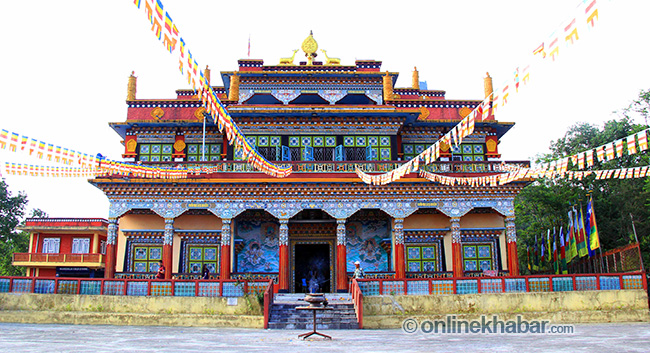
In Matepani, Kundahar of Pokhara, Kaski district, there is a Theravada Buddhist monastery also named Matepani Gumba. It was built by the Nyeshang community (people migrated from Manang to Pokhara) in 1960. This gumba is located on the peak of a green hill mountain and its interior is decorated with bright murals depicting the stories from Buddha’s life and myths related to various deities.
It is said that in 1959, Lama Jigme went to Sikkim with his followers to consult the 16th Gyala Karmapa, Ranjung Rigpe Dorje, about the Nyeshang community in Nepal. As suggested, Lama Jigme built a monastery in Matepani. It is believed that the monastery will bring good fortune to all the upcoming generations.
In the present time, many people, devotees go to the gumba to worship as well as for the amazing view of the Pokhara city and the beautiful mountains.
11. Kapan Gumba
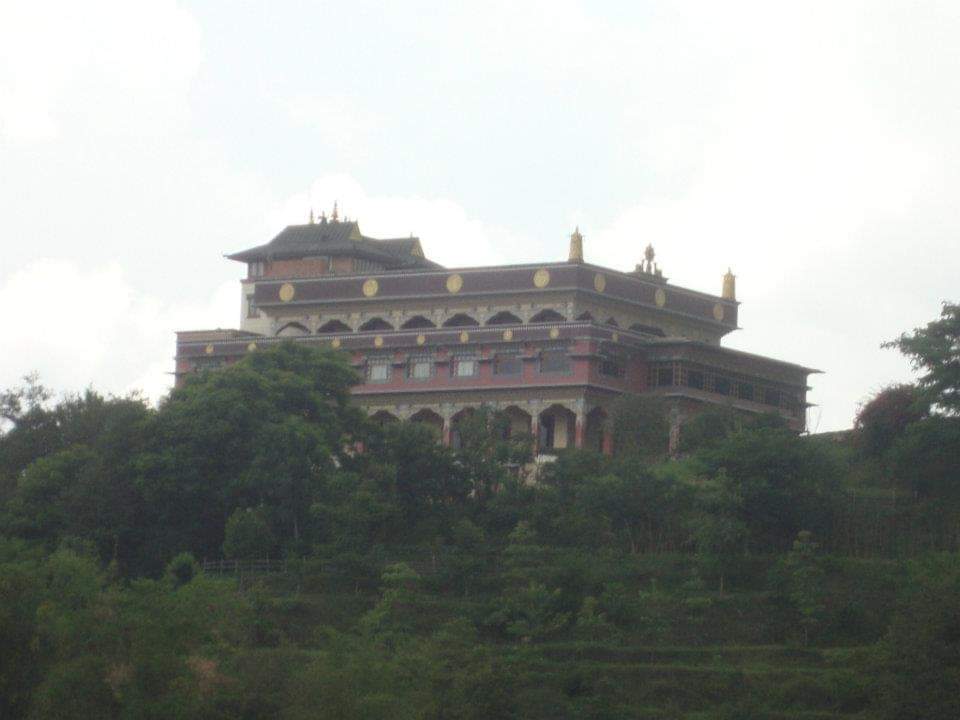
Kapan Gumba is Tibetan Buddhist monastery, located in Kapan, on the northeastern outskirts of Kathmandu valley. In 1969, the monastery was created by Lama Thubten Yeshe and Thubten Zopa Rinpoche, founders of the Foundation for the Preservation of the Mahayana Tradition.
This monastery has been preserving the Mahayana teachings of Buddha. Kapan Gumba had also become a popular recreational destination for the local people and the tourists although it is closed for visits these days. This gumba is especially known for teaching Buddhism to Westerners visiting in the gumba along with the meditation practices.
12. Rinchenling Monastery
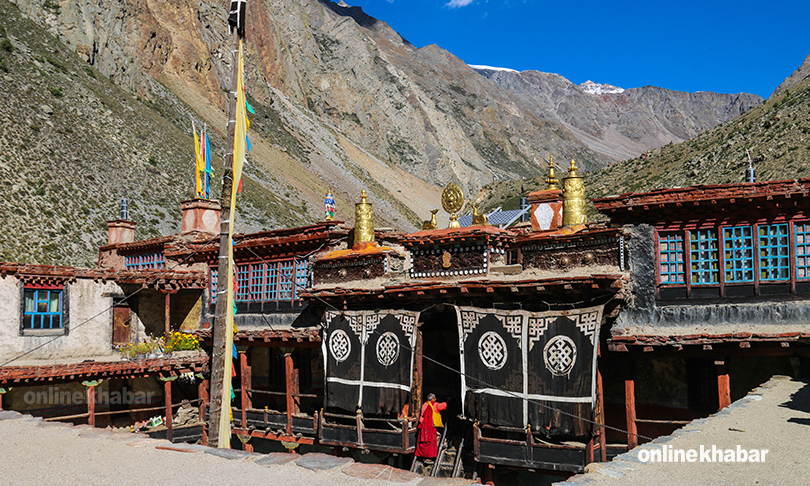
Hidden deep in the mountains, the Rinchenling monastery is an ancient Tibetan Buddhist monastery, situated in Limi valley of Humla district near the Tibet border at an elevation of 3,500 m. Established in the 10th century, this monastery contains a four-fold image of Vairochana surrounded on its three sides by the statues of Bodhisattvas.
The Rinchenling Monastery was built by Rinchen Zangpo. Originally, Rinchen Zangpo was from China, who served as the principal translator of Buddhist scriptures from Sanskrit language into the Tibetan language.
This monastery is open to the public and it can be visited during the Humla Limi Valley trek along with amazing scenery of Himalayas such as Saipal, Api and Gorakh Himalayan range. Even rare animals such as blue sheep, wild ass musk deer, Himalayan black bear and snow leopard can be seen.
13. Narsingh Monastery
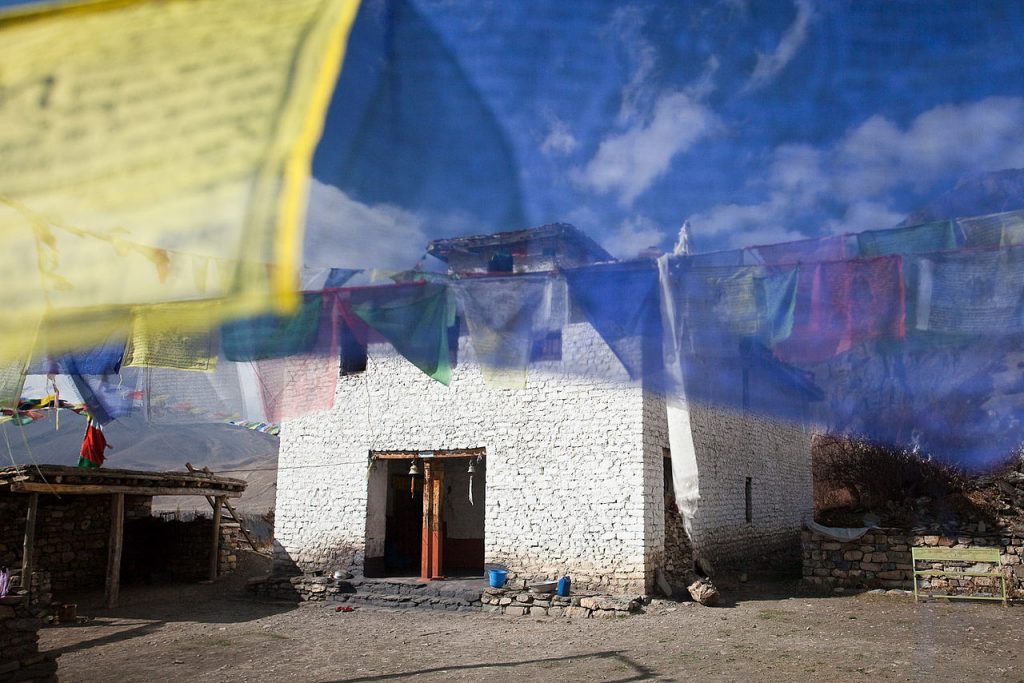
On the northern side of the famous Muktinath temple lies the Narsingh Buddhist monastery. This monastery was made from stone and mud masonry in Bar Agung Mukti Chhetra, in the Mustang district during the 6th century. Among the locals, the monastery is also known as the temple of 1,000 lamps.
The Narsingh monastery is also famous among the Hindus also who consider the deity as the Narasimha (half-human half-lion) avatar of Vishnu. One can visit the monastery to know the rich history of this monastery as well as to see the statue of Guru Padmasambhava (Guru Rinpoche) and his friends, the Tibetan tantric deities Dag Po on the right and Seng Dong on the left.
14. Tengboche Monastery
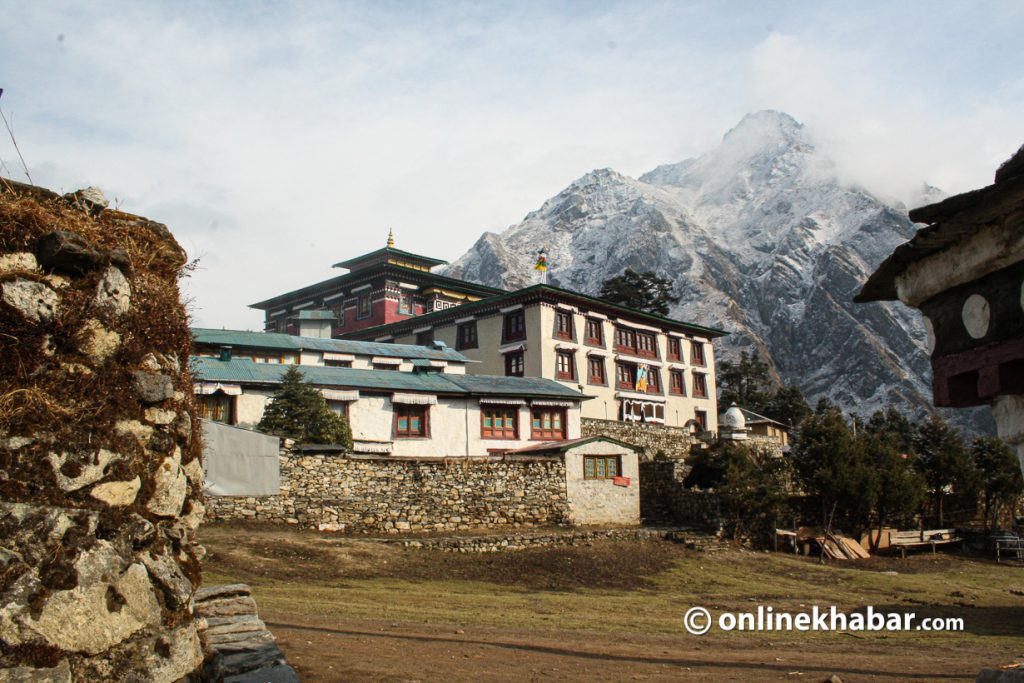
Tengboche Monastery lies in the Tengboche village of the Khumbu region in eastern Nepal. Around 350 years back, with his divine power, Sangwa Dorje (a high priest) of Khumbu had envisioned Tengboche to be a religious site where there would be an important monastery. But, Tengboche Monastery was built only by Chatang Chotar, known as Lama Gulu, and the fifth incarnation of Lama Sangwa Dorje from Khumjung in 1923.
At present, Tengboche Monastery has become one of the important religious sites in Sherpa culture. Around 35 monks reside within its walls. A Tibetan Buddhist monastery at the height of 3,867 metres with a clear view of Mt Everest, this is locally known as Dawa Choling Gompa.
This monastery lies within the Sagarmatha National Park, filled with panoramic views of huge snow-clad mountains such as Tawache, Everest, Lhotse, Ama Dablam, Nuptse and Thamserku. Tengboche monastery also serves as the end line of the Sacred Sites Trail Project of Sagarmatha National Park which pulls large numbers of tourists coming for trekking and mountaineering.



